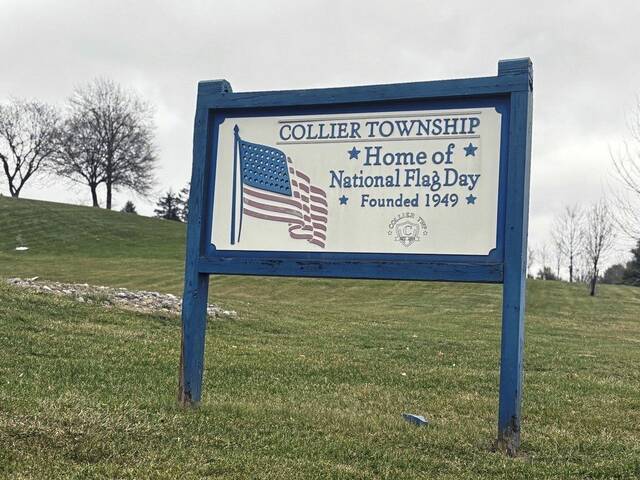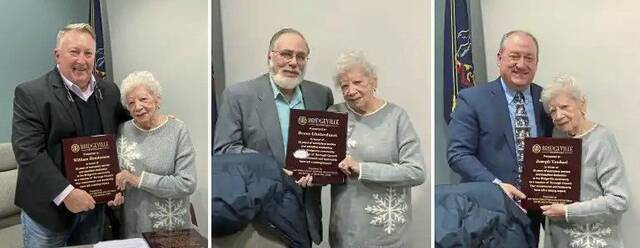One advantage of reading this column is its unprecedented record of presenting exclusive scoops, reports of significant events that no other journalist is covering.
This week’s scoop is a critical review of the premiere of the Noh play “Gettysburg,” in the Charity Randall Theater on the University of Pittsburgh campus.
The play is a melding of two dramatically different cultures — traditional Japanese theater and our American obsession with the Civil War. The specific story, two comrades choosing commitment to opposing causes over friendship is an excellent candidate for a Noh play and could easily have been based on a Japanese tale.
Playwright Elizabeth Dowd felt it was specifically appropriate for “the warrior Noh, a genre that … explores the Buddhist concept of the Asura realm where defeated warriors are condemned to fight their final battle through eternity.”
Performed by repertory company Theatre Nohgaku, the play has two acts, seamlessly connected by an interlude. In the first act, “The Veteran” arrives at Gettysburg seeking the monument showing the spot where Confederate General Lewis Armistead fell. The Veteran is a classic Noh “waki,” a traveler visiting a hallowed site. This waki has been traumatized by his experiences in the war in Afghanistan.
A descendant of Union General Winfield Scott Hancock, The Veteran possesses a pocket watch which the dying Armistead had requested be given to Hancock, his (former) best friend, and which he has inherited. At the battlefield, The Veteran encounters a mysterious “Groundskeeper,” who helps him find the monument and then discusses Armistead’s last days with him. In Noh, this role is the “Shite,” the main character.
The two men discuss the lingering effects of war.
The Veteran: “Only the dead have seen the end of war.”
The Groundskeeper: “No. Not even the dead.”
The Groundskeeper then leaves and The Veteran remains alone. Act One has ended.
The Interlude begins with the arrival of a “Docent,” a tour guide reciting her description of the events of the afternoon of July 3, 1863 — the great artillery barrage, Pickett’s Charge, Armistead’s reaching the “High Water Mark of the Confederacy,” and the musket shots that felled him. She also explains the “best friend” relationship of Armistead and Hancock prior to the Civil War.
In the concluding act, The Groundskeeper returns, revealed as Armistead’s ghost, in full Confederate dress uniform. He relates the story of his early career, his friendship with Hancock, the ultimate battle and his mortal passing. He begs The Veteran for information on Hancock’s reaction to learning of his death, and is disappointed to learn there is no record of it. He then leaves, doomed to an eternal battle.
Armistead’s black felt hat remains on the stage. The Veteran lays the watch beside it and then removes his beret, folds it carefully, and places it there as well. One hopes this satisfies the Ghost’s desire for forgiveness.
In both acts, the eight-person mixed Chorus is used effectively to supplement the dialogue between the two principal characters, enabling them to communicate naturally, with no requirement that they fill in the details.
I am grateful for having had the opportunity to participate in this event. I hope that the repertory company is able to present this play many more times and that each audience includes someone who profits from it as much as I have.







